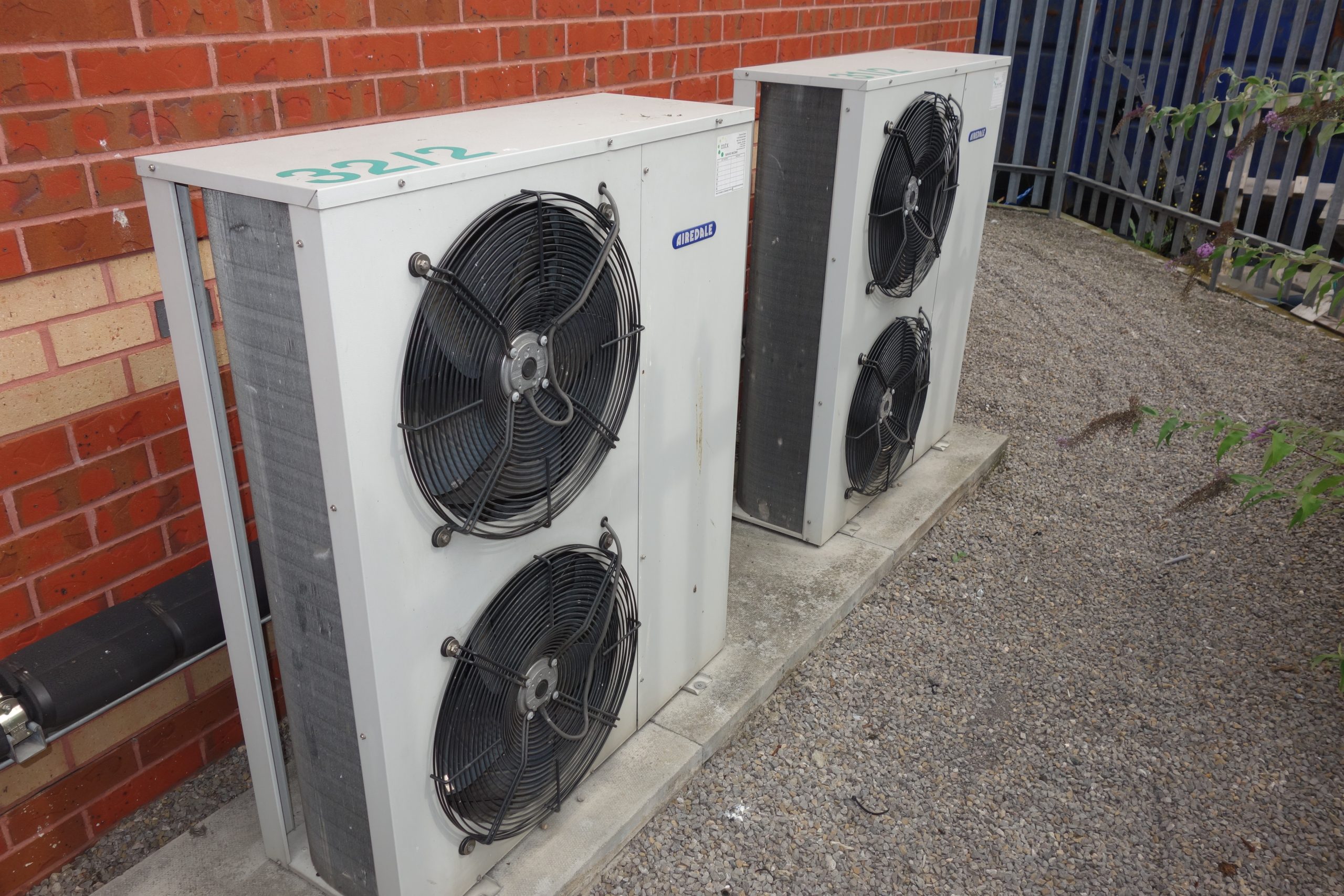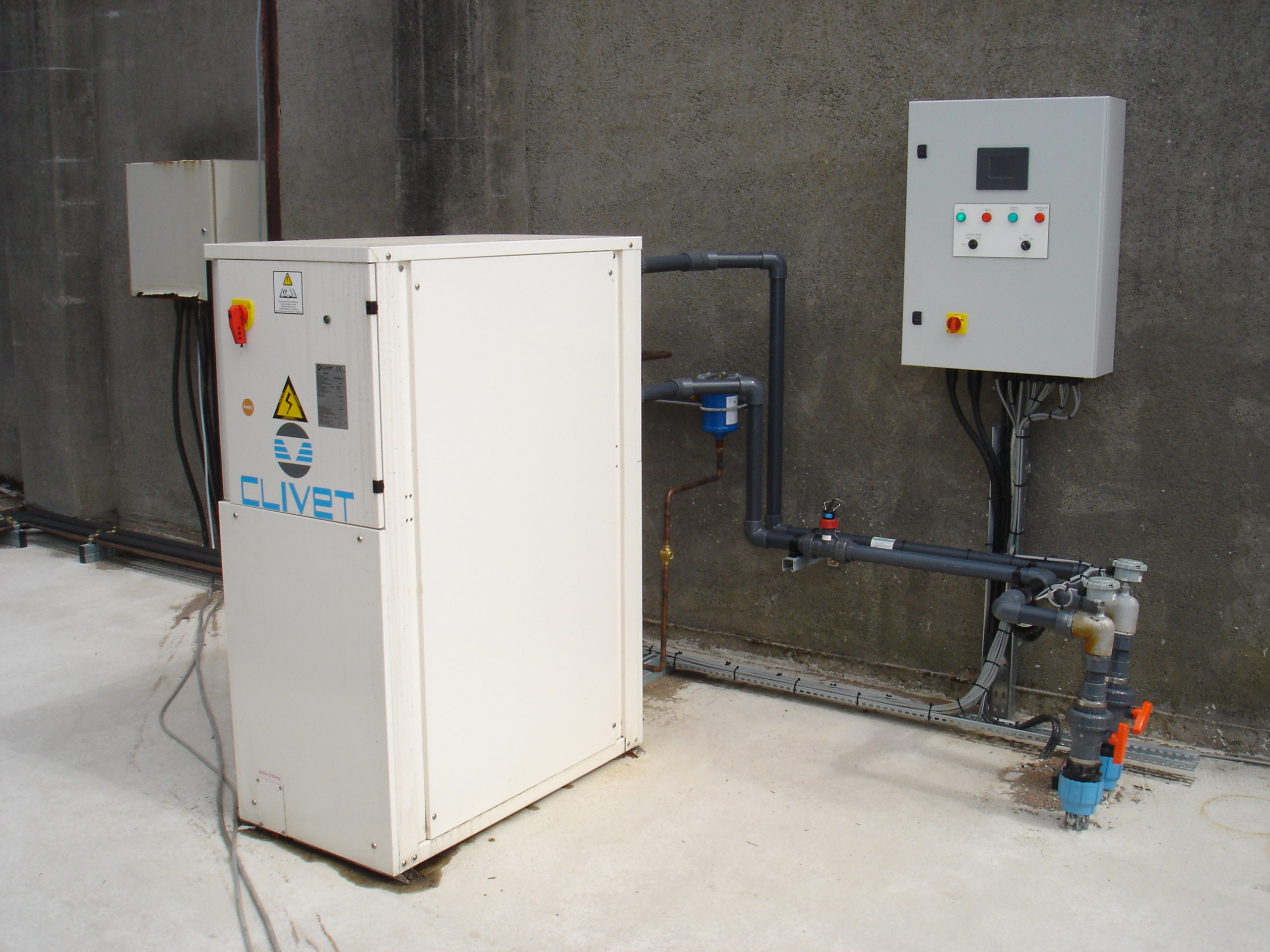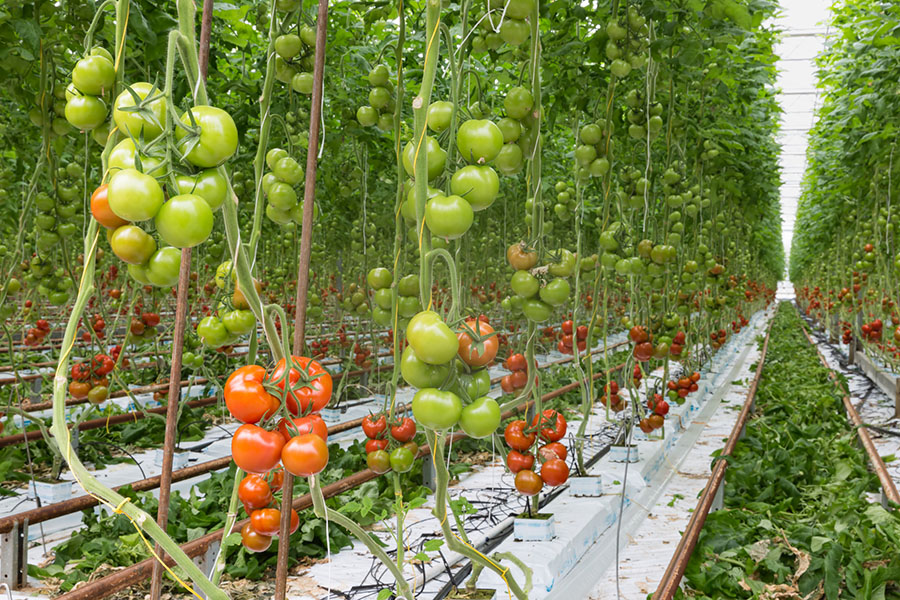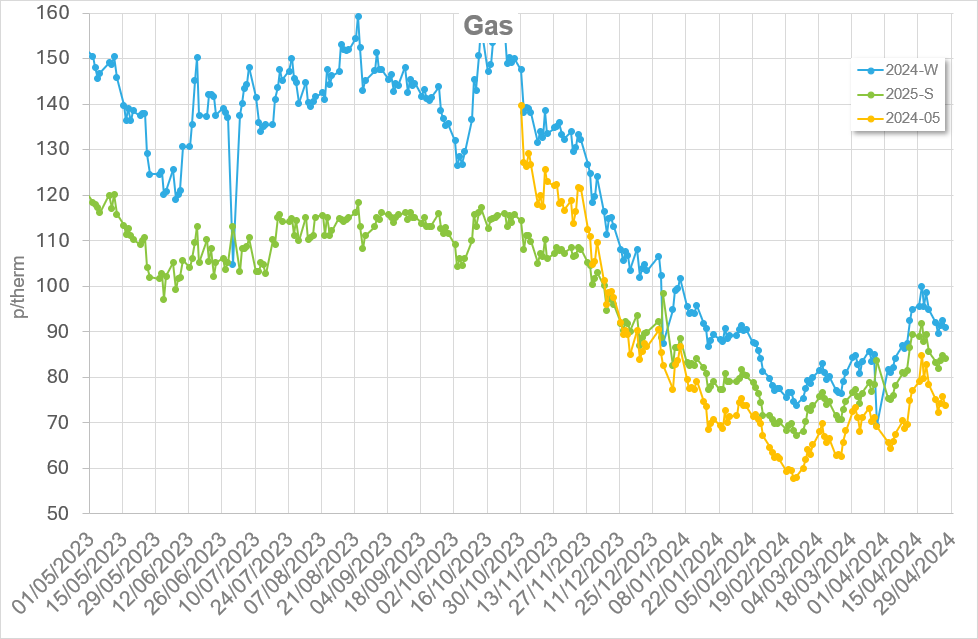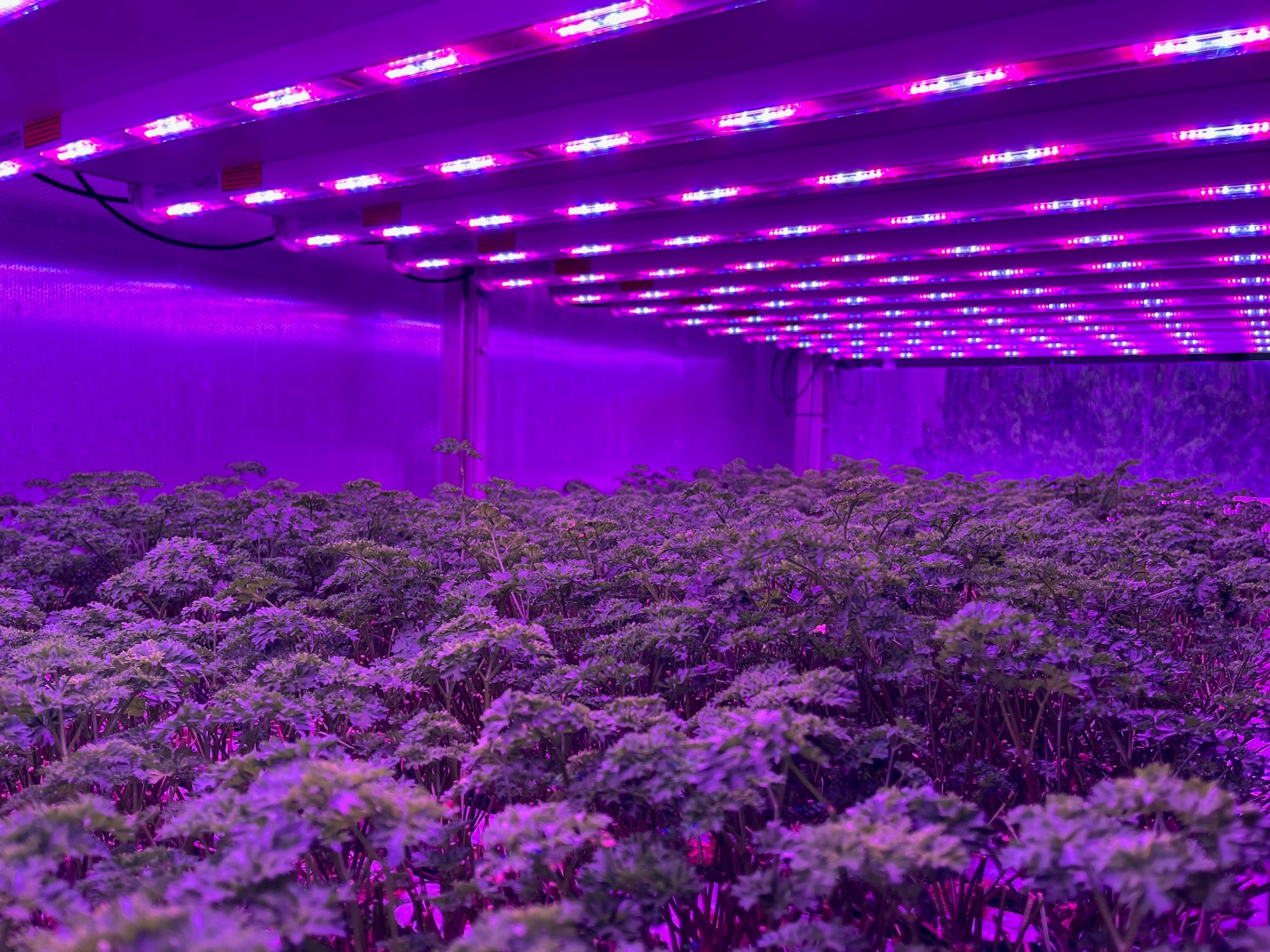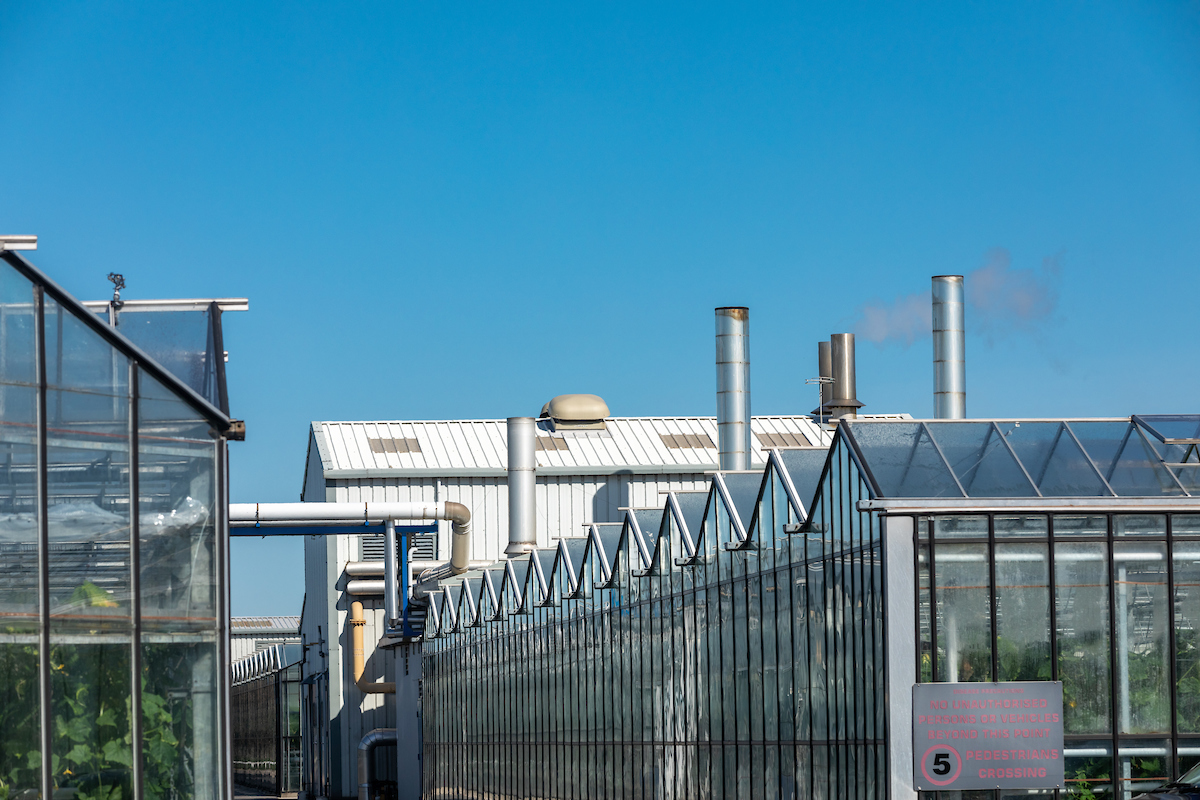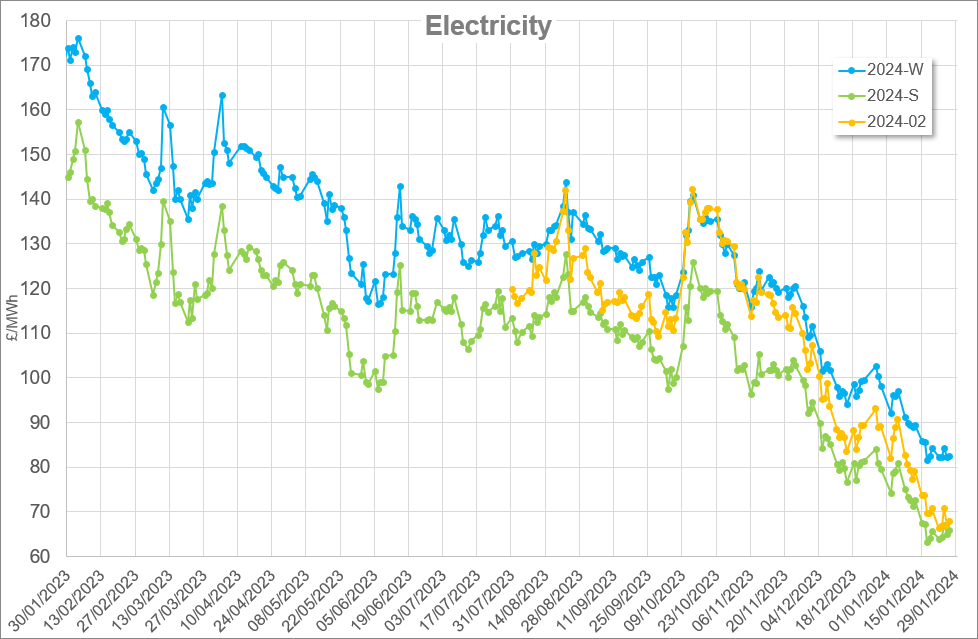Using hydrocarbons as refrigerants is not new. Propane, under the moniker R290, has been around for many years as an efficient thermal transfer medium. Likewise with Isobutane; R600a. The reason hydrocarbon refrigerants are not more widely used is due to their flammability and explosive risk. Nevertheless, hydrocarbons have excellent thermodynamic properties, meaning their prevalence is growing.
Ammonia (R717) has also seen widespread use as a refrigerant, particularly in large industrial applications, and often has better performance than propane and other typical refrigerants. Flammability is lower than hydrocarbon equivalents, but still high enough to present a risk. Additionally, ammonia has high toxicity and so the systems require strict regulations and safety procedures, which pushes the costs of these systems up.
CO2 (R744) has had a resurgence as a non-synthetic refrigerant as well. High pressures and increased complexity tend to make the systems more expensive, but CO2 boasts very efficient heat exchange and low pumping power.
Besides their performance as refrigerants, each of these chemicals have much lower fugitive emissions associated with them, compared to other refrigerants. This means that when a leak occurs, the damage to the environment is significantly lower. For this reason, systems which use these refrigerants are often referred to as low-GWP (Global Warming Potential) systems.
Fugitive emissions refer to the direct emissions of a gas or vapor which itself contributes to the greenhouse effect, usually through leaking and/or evaporation. Many refrigerants have kg equivalent carbon emissions factors in the thousands, while R290 and R600a each have a fugitive emissions factor of 3, carbon dioxide 1, and ammonia 0.
No matter the refrigerant, all heat pumps are constrained by thermodynamic principles and have an upper limit on their potential coefficient of performance (CoP). Figure 1 outlines the upper limit of CoP achievable when running a heat pump from an ambient temperature of 0°C. While it is a simplistic view, it gives a point of reference to compare actual systems against.

In practise, current heat pumps are able to achieve a CoP of around 50% of the upper limit shown in Figure 1. While the use of efficient refrigerants can improve system efficiency; heat losses, frost losses, and mechanical losses from the various motors will still be present; as well as any losses occurring in the wider heat delivery and usage parts of the system.
The current state of the energy market has gas at around 8p/kWh and electricity at around 35p/kWh. A heat pump then must be able to deliver heat with a CoP of 3.94 to compete with a modern condensing gas boiler with 90% efficiency. In practise, a heat pump must run much cheaper than an equivalent boiler because it needs to justify its relatively higher capital cost.
Looking at Figure 1, a CoP of 3.94 is getting dangerously close to the maximum theoretical limit in the high-temperature ranges. This leads to the conclusion that regardless of whether hydrocarbon or carbon heat pumps make great improvements in CoP, operating any heat pump to target a high-temperature range does not make financial sense in the current landscape, at least not without additional help.
To improve the margins of any heat pump system, it can be paired with renewable electricity generation, which offsets electricity import at the cost of lost export payments; and hot water storage, which allows you to generate heat to line up with self-generation or with cheaper night-rate electricity, which can be stored for use when needed. Hot water storage is relatively cheap, but requires a lot of space, particularly when lower temperature water is being stored. Renewable generation is more costly but, given the cost of electricity import, increasingly viable.
Alternatively, rather than attempting to take heat from the ambient air/ground/water, heat pumps can improve their CoP by taking advantage of local waste heat streams. If a reservoir of heat can be used at 15°C, a heat pump could raise the temperature to 70°C with maximum theoretical CoP of 6.2. These reservoirs can be found from nearby industry, processing, or even energy generation plants.

